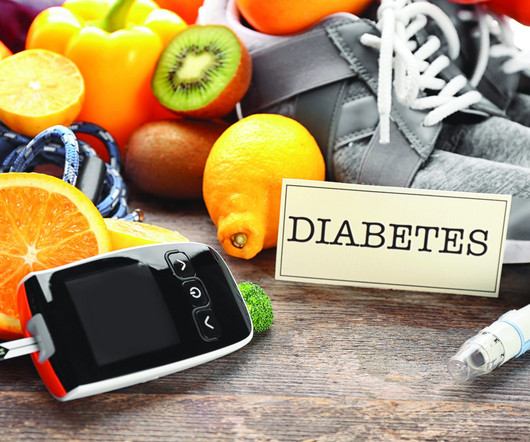Validation of Electronically Administered Three-Question Health Literacy Screener and STOFHLA in Identifying Limited Health Literacy
American Nurse
SEPTEMBER 12, 2023
Introduction LOW HEALTH LITERACY, when not identified, is associated with poor health outcomes such as unsatisfactory medication compliance, poor disease management, and increased healthcare costs. RM, 2000) Currently, there are several validated modalities to assess health literacy (e.g., Chew et al., Chew et al.,












Let's personalize your content